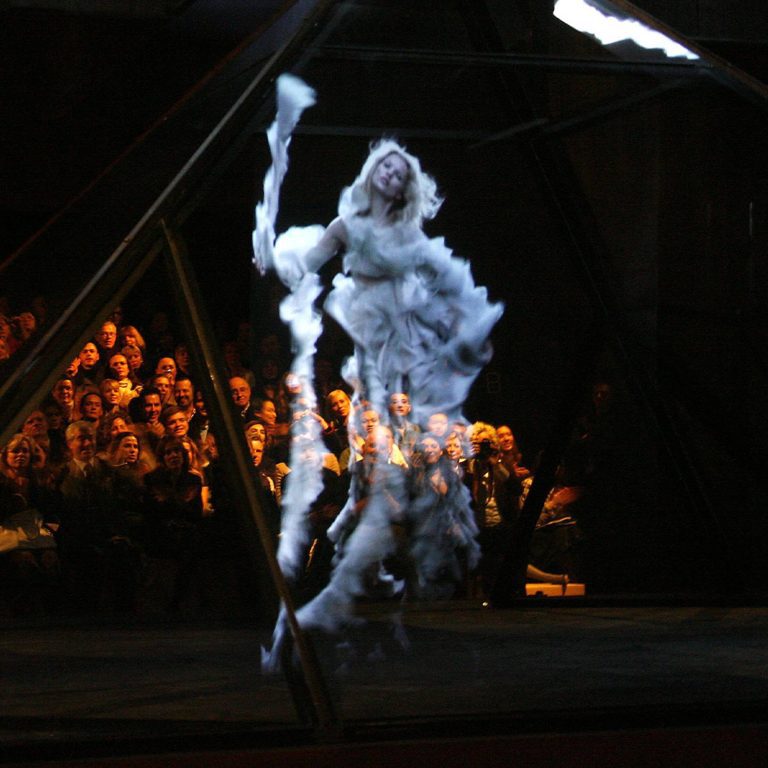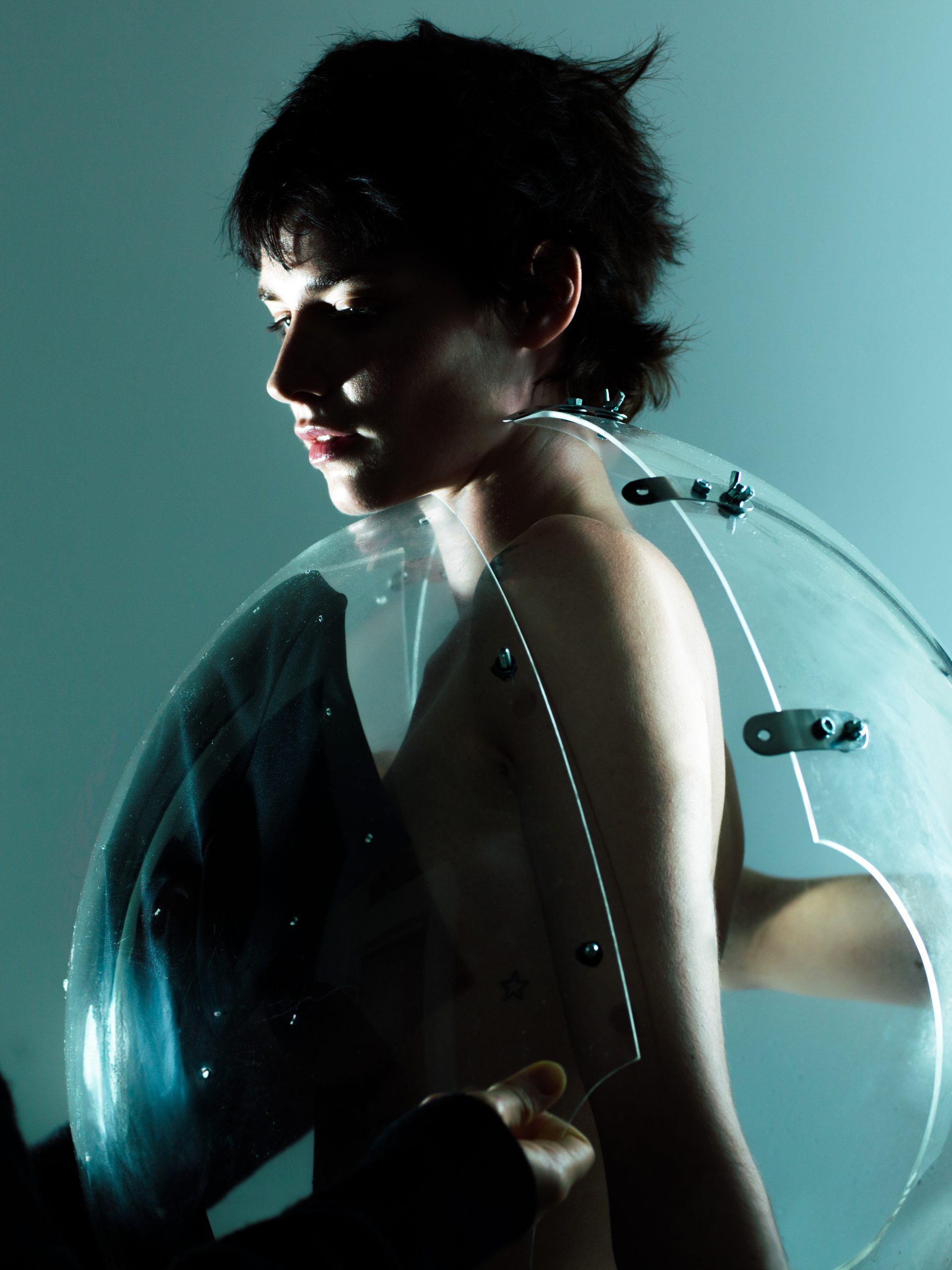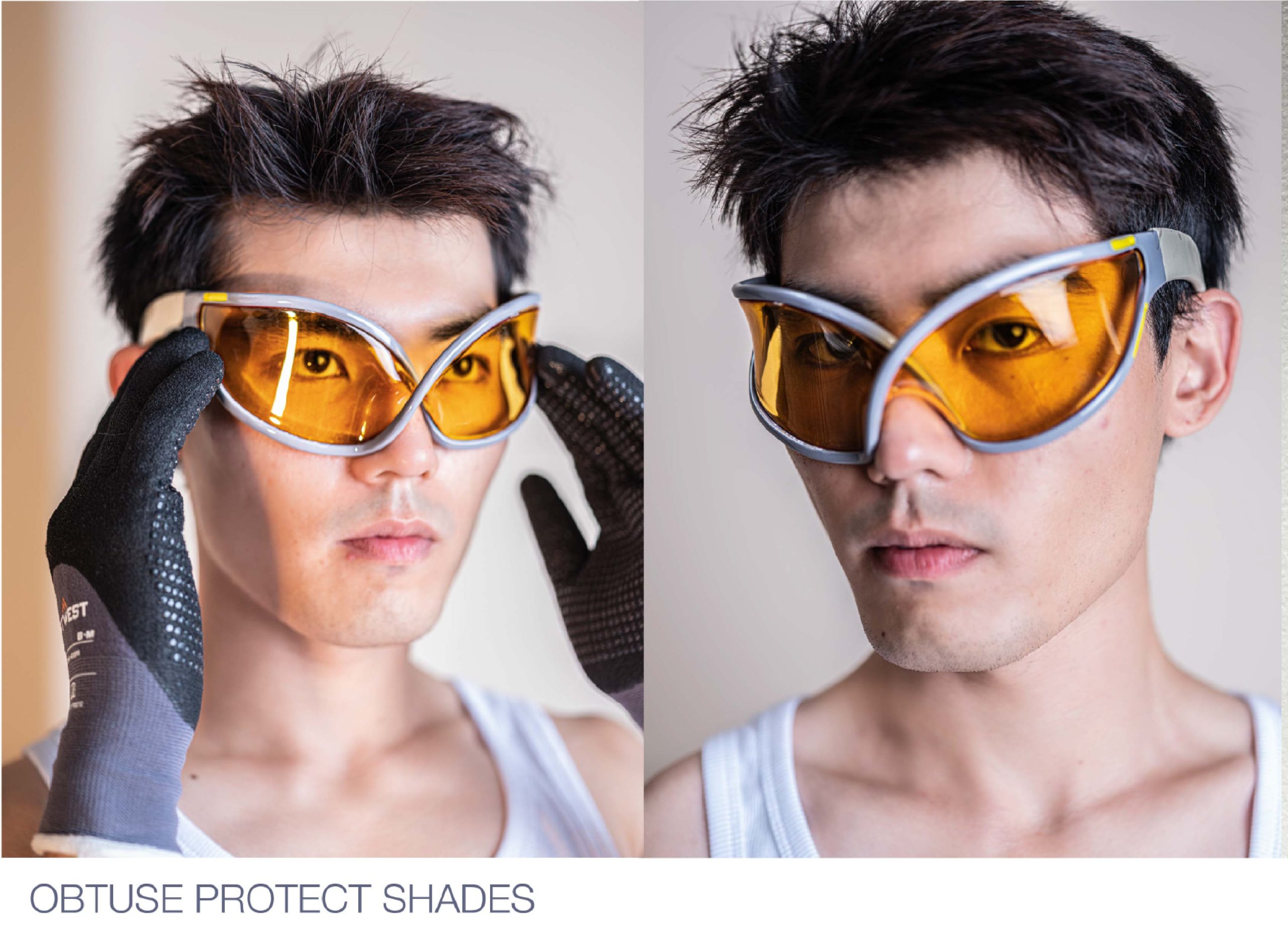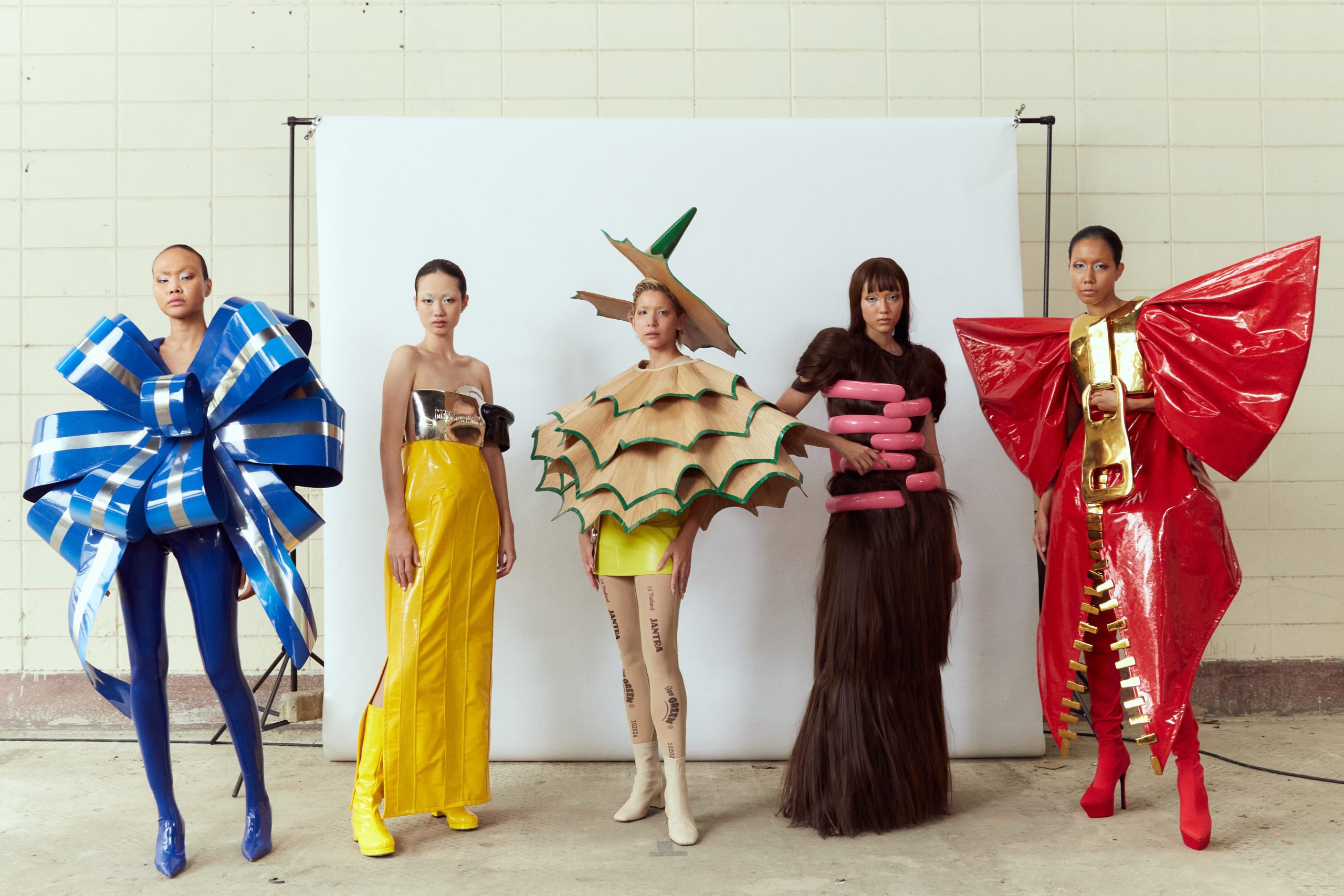As the sky begins to dampen, and the leafs begin to copper, people usually tend to retreat back to homely comforts, spending more time indoors, on their sofas, and sheltered away from the transitioning weather. Yet fashion, as it has aggrandized into a phenomenon so much greater than brick and mortar stores, and in store experiences, is stretching its arms far and wide and extending into our homes and minds this winter. Fashion’s intrusion into our everyday life can be viewed twofold; it is both an impressive feat of modern marketing, but also reveals the overbearing draw that brands often have over us. GLITCH touches on some of the newest projects led by fashion brands as they attempt to lay their snares far and wide.
Fendi & Kenzo Are Making Their Way Onto Your Sofa
Fashion in 2023 is walking straight off the runway and into our homes, as branded collectibles are beginning to sit tall and proud on mantelpieces aplenty. Fashion brands are daring to plant their branded roots more firmly into consumer hearts by infiltrating into our everyday lives and developing more extensive product portfolios, that range from monogrammed bedding to porcelain decorations. This initiative is seeing consumers become more tightly affiliated with brand names and personalities, so much so that their lives become embellished with branded decorations, signature logos, and fashion house names. This October Fendi Casa opened its second store in Los Angeles, off the back of its debut in China. The Fendi group describe the secondary brand as one of immersive experience, that allows buyers to become involved in the avoir-faire and tradition of a historic fashion house. Similar brands have set up their own lifestyle counterparts, and Kenzo Maison and Versace Home are notable names printing their signature stripes and baroque onto homely textiles. This newest move into cross-industry branding is evidence of the loyal empire that these brands have been able to build, and in many ways it makes sense how these field of design overlap. Alternatively, and quite uncomfortably, in extending their product lines many of these brands have decided to stamp their name onto the simplest of household items and add some 0s to the price tag. The fact that brands are confident they can get away with this, and see it as a viable money making machine, is somewhat reflective of our current consumer glut, which sees shoppers constantly insatiate, wanting more and more of the brands that hold specialty in their mind.
Jacquemus & Gucci Are Transporting You To Branded Worlds
Another way in which fashion houses are fastening themselves to the entirety of our lives, is by creating experiences and immersive activities that connect us more closely with the cloth of their brand. Jacquemus have many a time gone viral over the last 12 months for their surrealist 3D marketing stunts that have seen Bambino bags driving down Parisian streets or inflating on the coasts of Marseilles. By blending their products into the scenes of French locations, visual artists are creating gripping advertisements that strengthen the brand’s relationship with consumers’ lives. But while Jacquemus are using digital artists to immerse their Instagram audience, Gucci are setting up experiential exhibitions that warrant in person attendance. In London for the Autumn, Gucci’s Cosmos exhibition recounts the heritage of the house from 1921 to the present day. An experience curated by contemporary visual artist Es Devlin, the process showcases archival pieces that are brought from memory to life through pixels. In a truly inventive and pioneering way of exhibiting historic work, Gucci is using nine immersive installations – “Each world traces a different aspect of Gucci, showing how its iconic codes have been continually reinterpreted to both mirror and define the times”. It is as if Gucci are aligning themselves now with the documentary and film making worlds, but bringing the consumer experience and memory fo the fashion house’s past into the storyline. To market the experience, buses and billboards have become wrapped in their Italian reds and greens – Gucci is not only infiltrating our metaverse reality with the launch of Cosmos, but infiltrating a Londoner’s day to day and the commuting world.
Macy’s Are Bringing The Department Store To The Screen
Macy’s, whose principal store occupied a whole block at New York’s Herald Square, and was at one moment the largest single store in the country, was famed for its chic in store shopping experience. But now the iconic name is bridging into the metaverse, announcing its mystylelab online arena. Unlike other fashion activations that have hinged on the creation of imagined and surreal worlds, the Macy’s experience stylises itself on the buzz and activity of New York City, allowing users to feel connected to the iconic brand identity of Macy’s. For a name that is so interlocked with its city locations, the platform allows worldwide users to become part of the Macy’s action from far flung locations. The platform encourages users to set up their usernames, collect a personalized digital item, and engage with the first world inspired by the newest brand of their portfolio named On 34th. According to Erica Lang, Head of Americas at Journee, the host platform for Macy’s mystylelab, “This innovative technology will propel the fashion industry – as well as many others – into its next phase. Reaching consumers where they are and providing new ways for them to shop and interact with one another is vital in order to deepen their relationships with brands”.
Sunnei Are Turning Catwalks Into Game-shows
Sunnei is one of the brands who is completely redevising the concept of the fashion show, and the role that invitees have to play. In their recent showcase in Milan for SS24, the brand decided to arm all attendees with voting placards that allowed them to rate each look from 1-10. Crafting an experience that was almost like being part of a judging panel, and enticing consumers to become more vocal on the clothes in front of them, Sunnei broke the 4th wall of performance, and allowed their creations to be vulnerable to instantaneous criticism. Yet, in risking negative commentary, the fashion show attendees were almost promoted from guests to compatriots of the brand, extending a sentiment of inclusion and community. There was no longer an obvious distance between the show and the spectator, but the grouped effect became one of collaboration and open involvement. It will be interesting to see if this collaborative spirit develops even more widely, and Sunnei find methods to incorporate a wider range of opinions in their work, seeking feedback from those at home as well as those in the fashion capital.
Community and buyer immersion definitely seems to be a trendy key focus of brand marketeers, and it is interesting to see this focus play out across the whole spectrum of the fashion environment. As the developments of the metaverse and Web 3 only help to heighten immersive experiences, we are set to see increasingly creative attempts from brands to perfect the way in which consumers experience and interact with their product.
Written by Hebe Street from GLITCH Magazine





